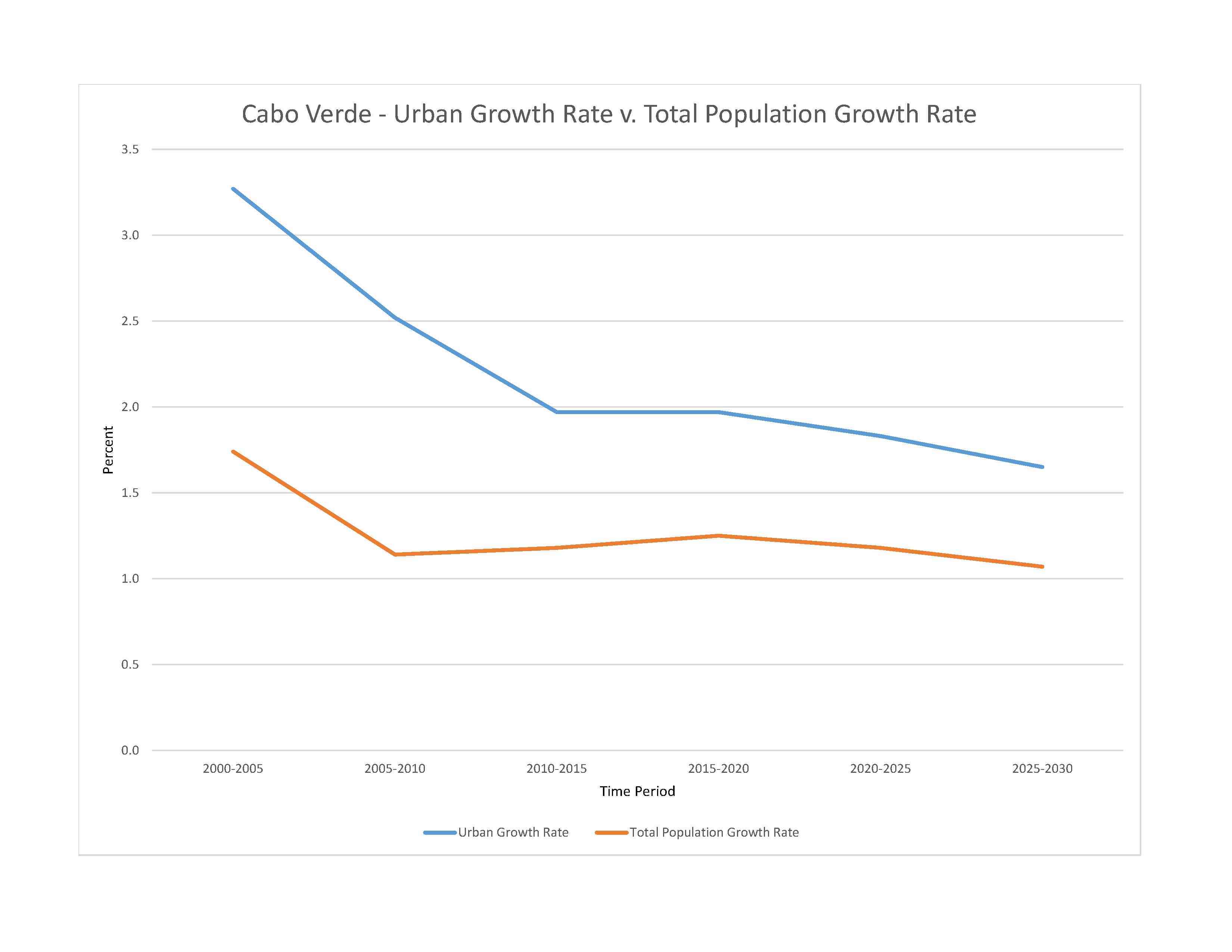
deforestation due to demand for firewood; water shortages; prolonged droughts and improper use of land (overgrazing, crop cultivation on hillsides lead to desertification and erosion); environmental damage has threatened several species of birds and reptiles; illegal beach sand extraction; overfishing
party to: Biodiversity, Climate Change, Climate Change-Kyoto Protocol, Climate Change-Paris Agreement, Comprehensive Nuclear Test Ban, Desertification, Endangered Species, Environmental Modification, Hazardous Wastes, Law of the Sea, Marine Dumping-London Convention, Nuclear Test Ban, Ozone Layer Protection, Ship Pollution, Wetlands
signed, but not ratified: none of the selected agreements
temperate; warm, dry summer; precipitation meager and erratic
agricultural land: 18.6% (2018 est.)
arable land: 11.7% (2018 est.)
permanent crops: 0.7% (2018 est.)
permanent pasture: 6.2% (2018 est.)
forest: 21% (2018 est.)
other: 60.4% (2018 est.)
urban population: 68% of total population (2023)
rate of urbanization: 1.83% annual rate of change (2020-25 est.)

0.38% of GDP (2018 est.)
0% of GDP (2018 est.)
particulate matter emissions: 31.08 micrograms per cubic meter (2019 est.)
carbon dioxide emissions: 0.54 megatons (2016 est.)
methane emissions: 0.13 megatons (2020 est.)
municipal solid waste generated annually: 132,555 tons (2012 est.)
municipal: 1.6 million cubic meters (2017 est.)
industrial: 400,000 cubic meters (2017 est.)
agricultural: 30 million cubic meters (2020 est.)
300 million cubic meters (2020 est.)
NOTE: The information regarding Cabo Verde on this page is re-published from the 2024 World Fact Book of the United States Central Intelligence Agency and other sources. No claims are made regarding the accuracy of Cabo Verde 2024 information contained here. All suggestions for corrections of any errors about Cabo Verde 2024 should be addressed to the CIA or the source cited on each page.
This page was last modified 04 May 24, Copyright © 2024 ITA all rights reserved.